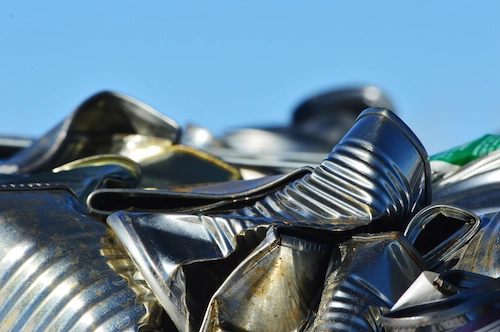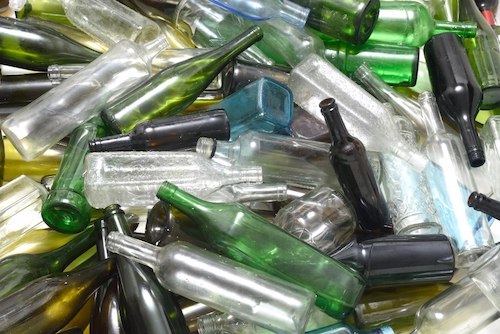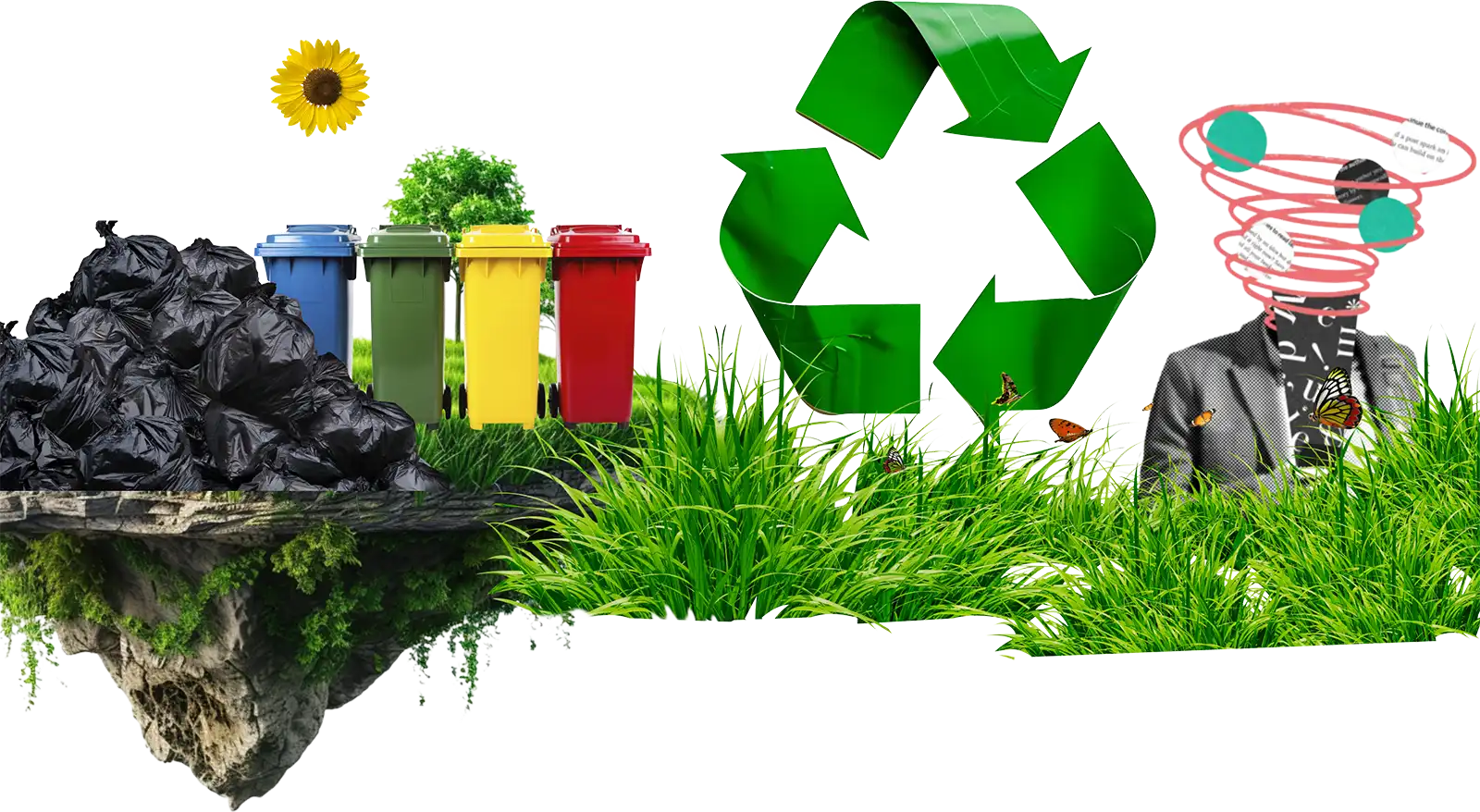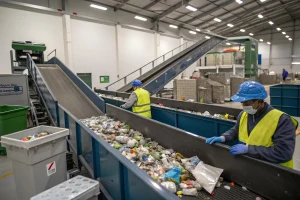Table of Contents
There are many types of waste around us, either from household or industrial activities. According to the forms, waste is divided into four types: solid, gas or particle, sound, and liquid wastes.
One type of solid waste often found around us is inorganic hard waste. Inorganic hard waste is solid waste, comes from non-living materials and requires special methods to manage it. Are you curious about this waste? Let’s learn about the examples of inorganic hard waste in this article!
What Is Inorganic Hard Waste?

Inorganic hard waste is a solid waste made of non-living material, which does not come from living creatures. It consists of chemicals without carbon that make it hard to decompose. It has distinct properties compared to other wastes as follows:
- Does not contain living material.
- Difficult or impossible to decompose by microorganisms (some types of waste may still be recyclable).
- Requires special treatment to manage it.
- Has a high density level.
- Not flammable.
- Some of them contain hazardous substances.
In addition to inorganic hard waste, there is also inorganic soft waste. While both are solid, inorganic soft waste is still pliable and malleable, such as synthetic cork and food wrappers.
On the other hand, inorganic hard waste has a higher density level, making it hard to decompose. Thus, some types of inorganic hard waste need to be heated, burned, or destroyed for better processing.
Despite needing detailed management, it still has value. One of them is using glass waste as a partial replacement for fine aggregate to produce environmentally friendly concrete. This value has been analyzed in research on Teras Jurnal. It shows that using 20–40% of glass waste can still provide compressive strength above the planned target of 24.95 MPa.
Examples of Inorganic Hard Waste

In general, this inorganic waste comes from production or post-production processes in various sectors, such as households, construction, travel, and medical services. Here are some examples of inorganic hard waste you should know:
- Battery.
- Glass vase.
- Ceramic shards.
- Medical equipment.
- Used perfume glass bottles.
- Used cans.
- Scissors.
- PVC pipe.
- Broken toys.
- Glass shards.
- Used wire.
- House decorations from glass.
- Ceramic plates and cups.
- Rusty nails.
- Used electronics.
- Iron vehicle spare parts.
- Used tape cassettes.
- Used mattress springs.
- Polystyrene foam.
- Used glass windows.
- Asbestos.
- Lampshade.
- Accumulator battery.
- Rubber tires.
Read also: 7 Plastic Bottle Craft Inspirations You Can Make at Home
How to Manage Inorganic Hard Waste

Inorganic waste management, especially the hard one, can be carried out manually or using machinery. Typically, inorganic hard waste management undergoes several simple steps, such as:
1. Sorting
Before processing inorganic hard waste, you must sort it based on type. Moreover, you can set aside some unusable stuff. This process will make it easier to determine the desired final products.
For items that cannot be recycled, you can bring them to a place with the proper facilities. If the waste contains hazardous materials, the treatment process must also comply with applicable procedures.
2. Cleaning
Inorganic hard waste usually contains oil, dust, or chemicals. That’s why you must clean it thoroughly. This process can increase the quality of the final products. You can wash it with detergent or other cleaning fluids to make it more hygienic.
3. Drying
Before you continue to the next step, you must dry the products to make the processing more optimal. You can dry them in direct sunlight or wipe them with a cloth to dry.
4. Coloring
To make the final product look more attractive, you should not miss the coloring step. You can color it by spraying the paint directly or applying it using a brush. When doing this process, use a type of paint suitable for the waste material, allowing the color to adhere well. In addition, you can also paint patterns or attach various decorative elements.
5. Drying After Coloring
After coloring your product, you must dry it thoroughly to make sure that the paint sticks perfectly to the product. You can let it dry at room temperature or in the sunlight.
6. Finishing
For the final touch, you can do some finishing, such as cutting, forging, gluing, or sanding. When finishing the product, you can adjust the process to the type of product.
Read also: What Is Organic Waste? Find Out the Types and Benefits!
Crafts from Inorganic Hard Waste

Apart from selling it, you can make decorative crafts from inorganic hard waste. So, have you found any inorganic hard waste craft ideas? Here are some ideas you can follow:
- Floor from broken tiles.
- Photo frame from scrap metal.
- Pencil case from used cans.
- Decoration from broken glass.
- Lampshade from broken glass.
- Container from iron pieces.
- Light decoration from used cans.
- Vase from an old glass bottle.
That is the explanation about examples of inorganic hard waste and how to process it safely. From the examples above, are you interested in making one?
In addition to recycling this kind of waste at home, you can also join Indonesia Asri. This campaign invites you to take environmental conservation actions through #SiPalingSustainable challenges.
Through this challenge, you can realize a greener environment in simple and easy ways. So, register yourself now and contribute to the environment!
Read also: 8 Ways of Organic Waste Management, Easy and Eco-Friendly!










